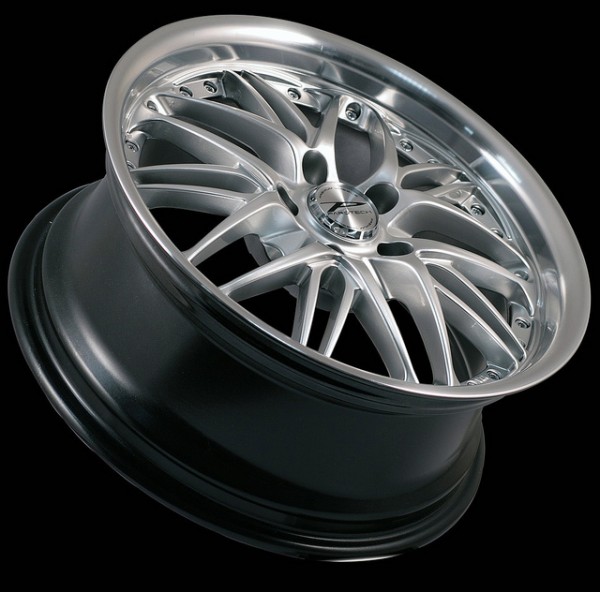Alloy wheels have a long and dated history with the first appearance on cars coming all the way back in the 1920s. Almost a hundred years later they are now much more commonly used in the automotive industry and are often considered a key selling point. In our latest post we have decided to take a look in more details at alloy wheels and see what it is that had made them become so popular over the last century.
At the beginning of their existence alloy wheels were made primarily of magnesium alloy but over the course of time it soon made way for aluminium as the refinement process improved in the 1960s. During the early days the magnesium version were only used sporadically and the majority were featured on specialist models such as high end or racing cars like the Bugatti Type 35. Using magnesium presented several issues and although they are extremely light they are also much more susceptible to cracking and offer very little bend when compared to the aluminium. There is also the downside that if they are exposed to fire then the magnesium alloys will burn which is another reason for the change to a different material.
The switch to use of aluminium made alloys really allowed the market to open up as it could offer a cheaper alternative to the more expensive magnesium. There are many options for aluminium alloys in terms of style and they can be created using different techniques such as forging – to create a very strong and durable product that has a reduced chance of cracking – or casting which allows greater uniformity in the set of wheels. These days there is a huge market for aluminium alloys with both materials still available although magnesium is still generally reserved for racing car models or antique collectible cars.
Why Choose Alloys At All?
There are numerous benefits of installing alloy wheels on your car, one of which is the appearance. It is often considered that cars with aluminium alloys look a lot better than their counterparts without – a key feature for standing out if you trying to sell your car in a saturated market. It’s not just aesthetics that improve though; alloy wheels are typically a third of the weight of their steel counterparts so they will reduce the unsprung weight of a car which in turn can assist with the steering – making it more precise – and help you save money by reducing your fuel consumption. The alloy also serves as a great conductor of heat which can help reduce the risk of brake failure by improving the heat dissipation. One of the main benefits though of using alloys on your car is that it adds to the durability on the wheels, and makes them stronger, as they are able to effectively resist bending.
You can choose from a wide range of alloy rims for your car and although it may cost a bit more than using the manufacturer’s factory installed wheels there are so many advantages to outweigh the initial cost it can be well worth the expense.









